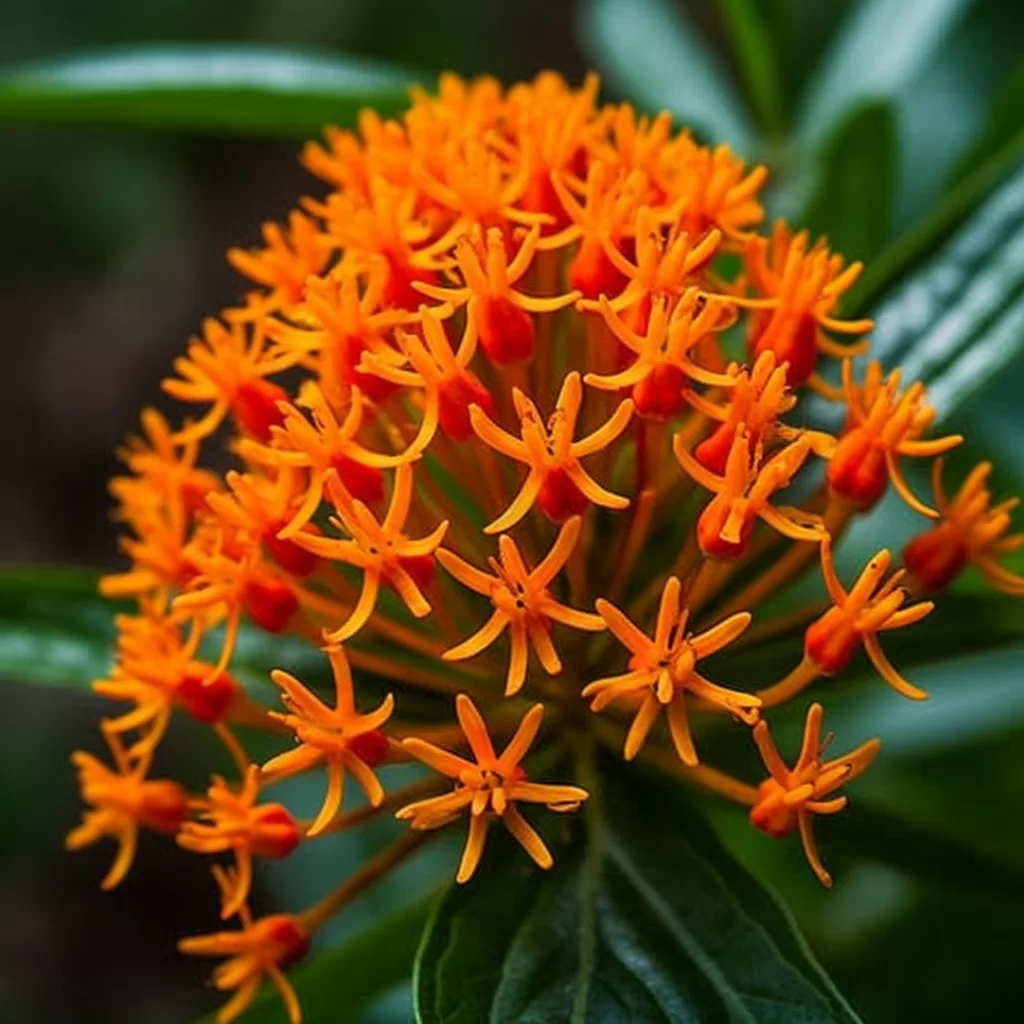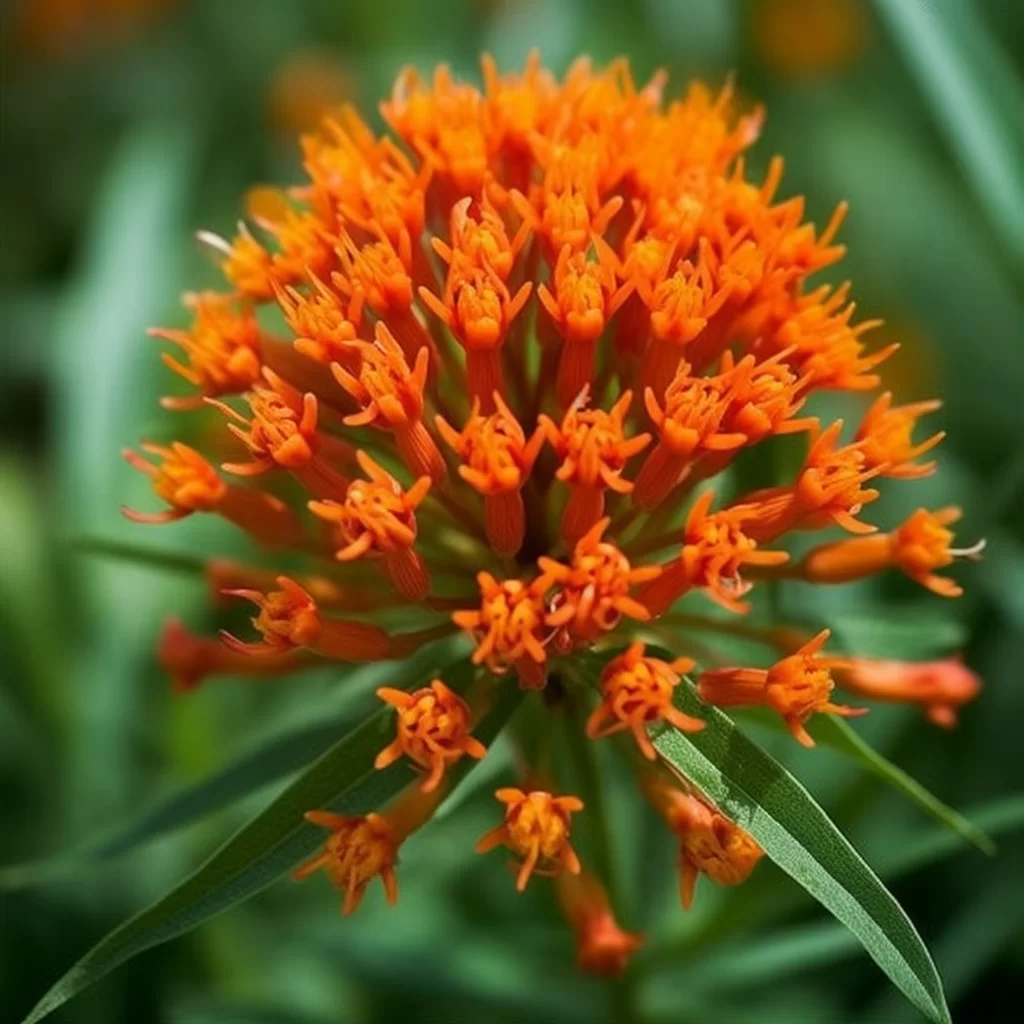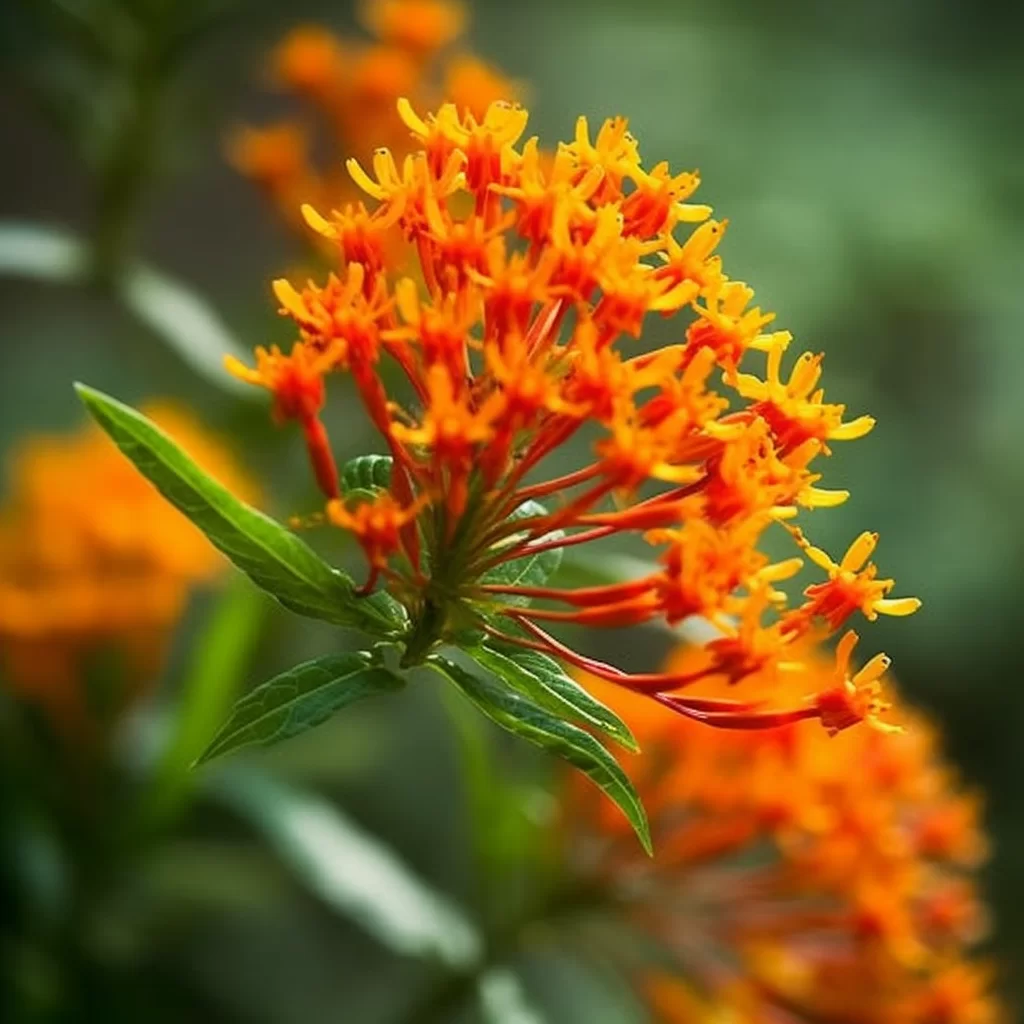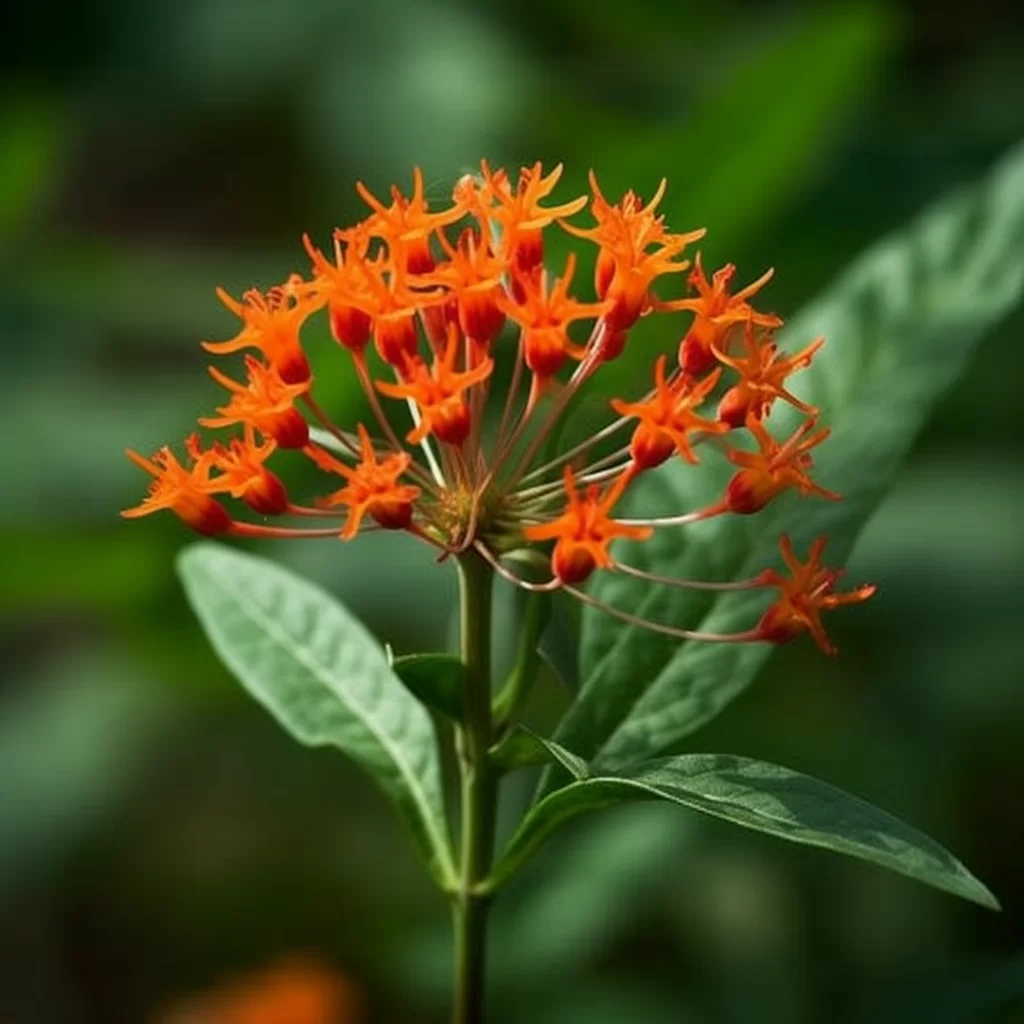Story of Day :
Contents
The Butterfly Weed Plant: A Complete Guide and Care Tips
The Butterfly weed plant is a perennial beauty that hails from the milkweed family, also known as Asclepias tuberosa.
It’s no wonder that it’s considered an essential addition to any garden due to its stunning orange flowers, which are not only pleasing to the eye but attract butterflies and other pollinators.
This gorgeous plant is native to North America and grows well in various areas, including meadows, prairies, fields or gardens.
It’s a perfect choice for those who want to bring life and color into their outdoor space while contributing towards conservation efforts.Looking at its scientific classification alone suggests the importance of this plant in ecological systems: it plays an essential role in providing food for monarch butterfly larvae.
Hence, planting Butterfly weed helps preserve these delicate insects’ populations whose existence is threatened by habitat loss and climate change.
Additionally, this tough-as-nails beauty thrives in dry soil conditions and can withstand heatwaves making it a perfect choice for regions with hot summers or drought-prone areas where other plants struggle.
The butterfly weed adds a splash of vibrant color while improving biodiversity; what more could nature lovers ask for?
Plant Characteristics
Butterfly weed is a stunning plant that can grow up to three feet tall and spread up to two feet.
This beautiful plant boasts narrow, lance-shaped leaves that can reach a length of eight inches.
The flowers are an absolute delight in the garden with bright orange or yellow-orange clusters on top of stems ranging from six inches to one foot long.
These colorful flower clusters bloom from late spring through mid-summer, making butterfly weed an excellent choice for anyone looking for vibrant blooms throughout the season. If you’re looking for a show-stopping addition to your garden, consider planting Butterfly Weed.
If you’re looking for a show-stopping addition to your garden, consider planting Butterfly Weed.
This remarkable plant grows tall and proud, reaching heights of up to three feet with a spread of one to two feet.
Its narrow, lance-shaped leaves can be large too, measuring up to eight inches in length! In late spring through mid-summer, you’ll be treated to an incredible sight – bright orange or yellow-orange clusters on top of stems ranging from six inches all the way up to one foot long! These delightful flowers will add color and life into your garden space while bringing in butterflies too! With its easy-care nature and stunning beauty – it’s no wonder why Butterfly Weed has become a firm favorite among gardeners everywhere!
- Sun Exposure: Butterfly weed plants prefer full sun exposure but can tolerate light shade.
- Soil Conditions: They grow best in well-drained soil with low fertility.
- Growth Zones: They thrive in USDA hardiness zones 4-9.
Care Tips for Growing Butterfly Weed Plants
- Selecting the Right Location:Before planting butterfly weed plants in your garden, it’s essential to choose the right location carefully.
Full sun exposure is ideal for this plant because it encourages maximum blooming potential while keeping mildew at bay.
If you live in an area with hot summers, you can consider planting your butterfly weed plant somewhere where it gets afternoon shade so that they don’t get scorched by the intense heat.
In terms of soil conditions, make sure you’re planting your butterfly weeding on well-draining soils; heavy clay soils should be avoided. - Watering:Butterfly weed plants require moderate watering during the growing season, especially in hot summer months.
However, avoid overwatering as they are susceptible to root rot.
- Fertilization:Butterfly weed plant is not a heavy feeder and prefers low-fertility soils.
Using fertilizers could cause excessive vegetative growth rather than encourage flowering.
- Maintenance: Maintenance requirements for butterfly weed plants are minimal.
Remove any dead or damaged stems at the base of the plant early spring before new growth emerges.If you want to promote more vigorous blooming, consider deadheading individual flowers regularly.

Pests and Diseases
When it comes to gardening, planting butterfly weed can offer you many benefits.
One of the most significant advantages is that this type of plant is relatively pest-free and disease-resistant compared to other garden plants.
While some common pests like aphids may feed on its sap causing the leaves to deform, a simple solution is to spray them off with water.
This means that you do not have to worry so much about fighting off insects or diseases when growing butterfly weed which can save time and effort.However, it is essential to note that despite being resistant, there are still chances of powdery mildew affecting the plant during times when humidity levels are high.
But this shouldn’t cause too much concern as it can be treated by using fungicides if necessary.
With these great qualities, planting butterfly weed in your garden can help ensure a beautiful and healthy landscape without having to put in much work into maintaining its health and beauty all season long!
In Conclusion

The butterfly weed plant is a perfect addition to any garden that can add exceptional beauty to the surrounding.
Moreover, this plant serves as a crucial nectar source for pollinators such as bees and butterflies.
Its bright-colored flowers attract these winged creatures, providing them with the necessary nourishment they need to survive.
What’s great about butterfly weed is that it’s easy to grow and maintain even for novice gardeners.
Once established in your garden, it requires minimal upkeep while still providing an abundance of colorful blooms year after year.
You won’t have to worry about constantly watering or fertilizing this hardy plant; instead, you can sit back and enjoy its vibrant colors while knowing you’re contributing positively to the environment around you.
If you’re looking to help your plant thrive and grow successfully, there are a few key things you should keep in mind.
Firstly, make sure to choose a location that gets plenty of sunlight and has soil that drains well.
This will allow the plant to absorb nutrients and moisture effectively without becoming waterlogged or sun-deprived.
Secondly, be cautious about watering – aim for moderate amounts rather than overdoing it, as too much water can also cause damage.
Additionally, try not to fertilize excessively; while nutrients are important for growth, too much can actually harm the plant’s roots and stifle its progress.
Finally, consider pruning occasionally in the early spring before new growth appears – this can promote healthier branches and leaves overall.Taking these steps into account should help your plant thrive in optimal conditions while avoiding common pitfalls like overwatering or under-nourishing it with fertilizer.
By providing a sunny spot with good drainage alongside careful watering habits and occasional pruning sessions as needed throughout the year, you’ll be setting up your greenery for success!

Gardening is a great way to unwind and de-stress after a long day.
By getting your hands dirty, you get the chance to connect with nature and create something beautiful.
It’s a therapeutic hobby that allows you to escape daily pressures while being productive at the same time.
Not only does it bring personal satisfaction, but it also brings joy to others who will admire the beauty of your garden.Butterfly weed plants are an excellent addition to any garden.
Not only do they provide stunning scenery but they also support our ecosystem by attracting pollinators such as bees and butterflies.
Pollination plays an essential role in maintaining biodiversity, which is crucial for our planet’s health and survival.
So not only will butterfly weed plants enhance your garden’s aesthetic value, but they will also contribute positively towards our environment by creating habitats for pollinators, thus promoting overall biodiversity in our ecosystem!